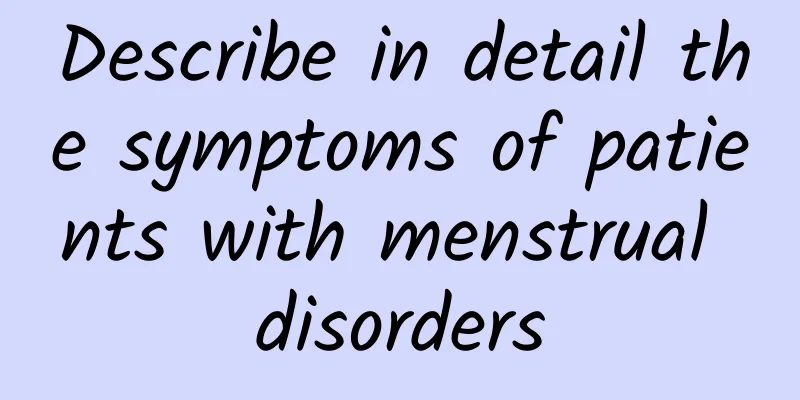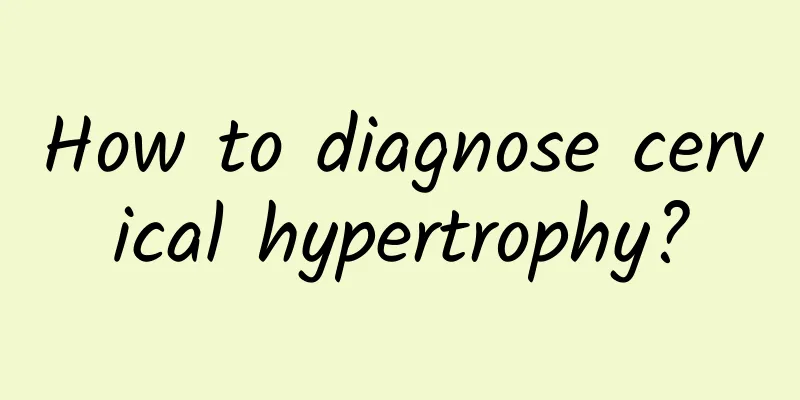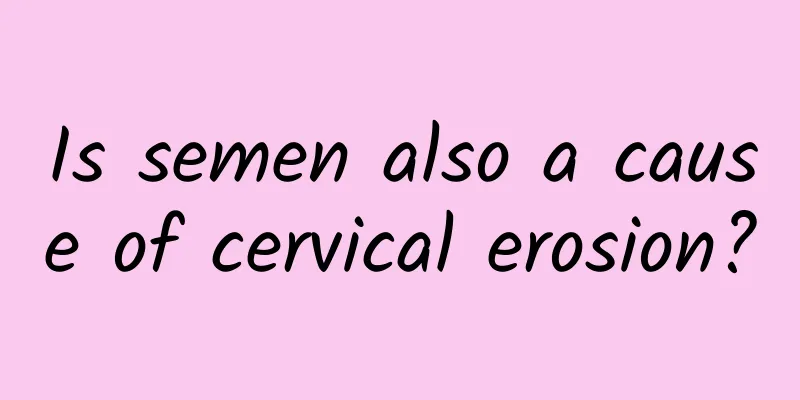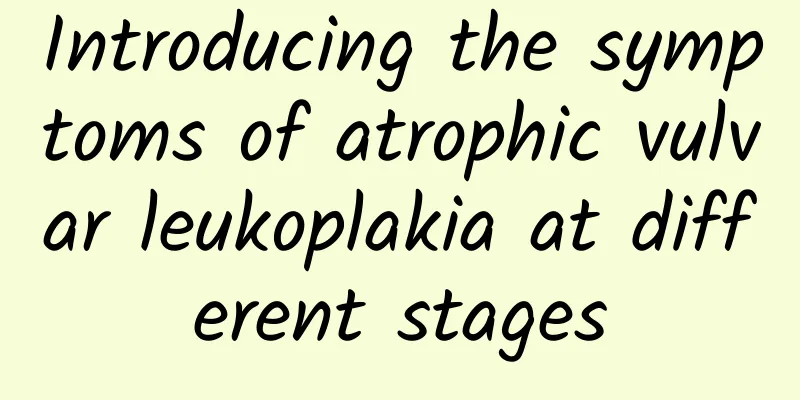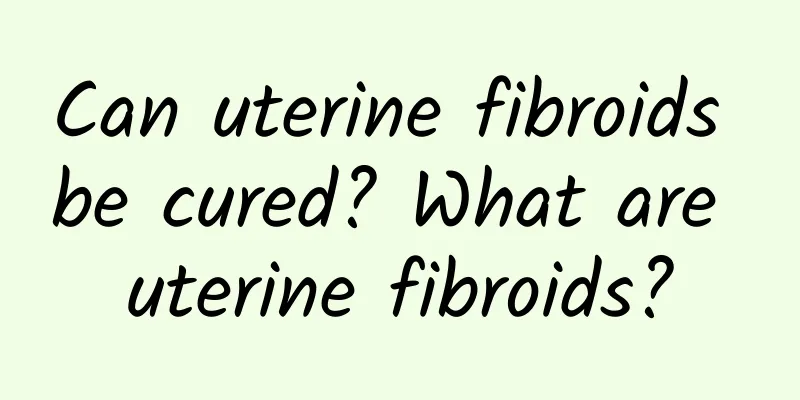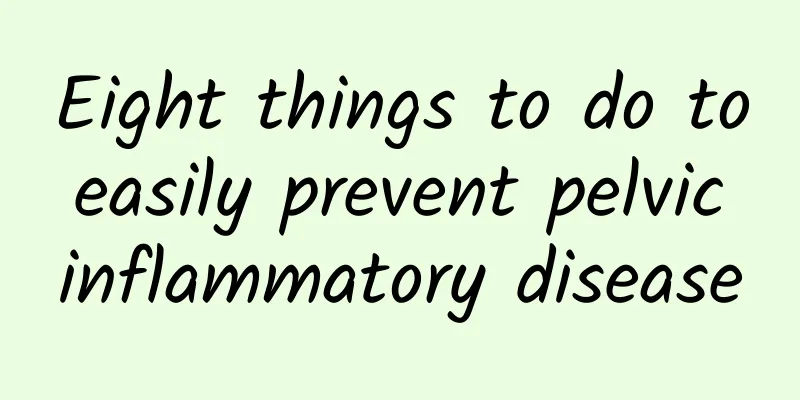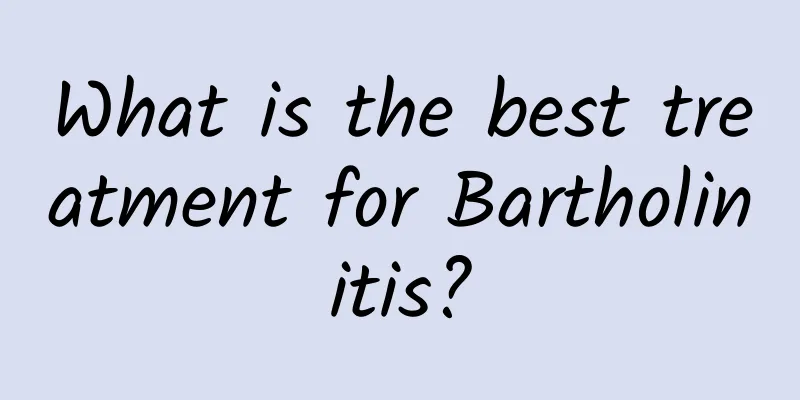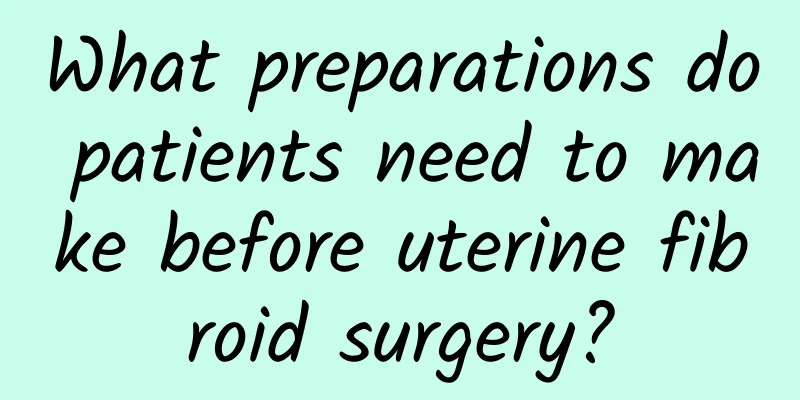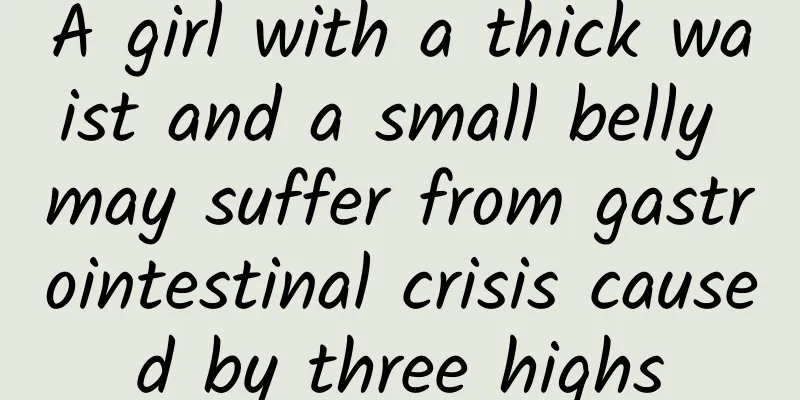Beware! Pelvic inflammatory disease is definitely not a passing cloud
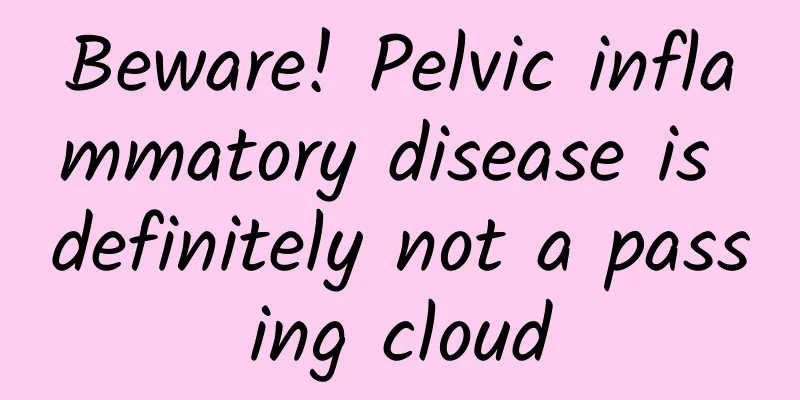
|
Generally speaking, chronic pelvic inflammatory disease is more difficult to treat than acute pelvic inflammatory disease, and the treatment of pelvic inflammatory disease must be timely and thorough. In the clinical treatment of chronic pelvic inflammatory disease, the symptoms of chronic pelvic inflammatory disease are easy to hide, which is mainly due to the special physiological structure of pelvic inflammatory disease, and the symptoms of chronic pelvic inflammatory disease are easily ignored. Symptoms of chronic pelvic inflammatory disease (1) Chronic pelvic pain: Scar adhesions and pelvic congestion caused by chronic inflammation often cause lower abdominal distension, pain, and lumbar pain, which often worsens after fatigue, sexual intercourse, and before and after menstruation. (2) Infertility and ectopic pregnancy: Fallopian tube adhesions and blockages can cause infertility and ectopic pregnancy. The incidence of infertility after acute pelvic inflammatory disease is 20% to 30%. (3) Menstrual abnormalities: Endometritis often causes irregular menstruation; pelvic congestion can cause increased menstrual flow; and ovarian dysfunction can cause menstrual disorders. (4) Systemic symptoms: Most of them are not obvious, sometimes only low-grade fever and fatigue. Due to the long course of the disease, some patients may experience neurasthenia symptoms, such as lack of energy, general discomfort, insomnia, etc. When the patient's resistance is poor, acute or subacute attacks are likely to occur. Can chronic pelvic inflammatory disease be treated surgically? The scope and method of surgery should be determined according to the patient's age, the extent of the lesion, the size of the mass, and the patient's desire for fertility. If the patient is relatively young and has fertility requirements, and the inflammation causes the fallopian tubes and ovaries to form wrapping and adhesions, affecting fertility, conservative surgical treatment should be considered, that is, separating pelvic adhesions, relieving fallopian tube obstruction, and removing the lesions as much as possible, so as not to affect fertility. If the pelvic inflammatory mass develops to a certain extent, the fallopian tubes and ovaries may lose their normal shape and function, causing irreversible damage. Therefore, for young women who want to have children, it is better to treat them as soon as possible. For patients with repeated attacks of pelvic inflammation, long-term presence of the mass, and no fertility requirements, the principle of surgery is to completely cure the disease and avoid the chance of recurrence due to residual lesions. For such patients, unilateral adnexectomy or total hysterectomy plus bilateral adnexectomy can be performed according to their age and the extent of the lesions. |
<<: The harm of pelvic inflammatory disease to female fertility
>>: TCM's skillful treatment of irregular menstruation
Recommend
Can’t get rid of leg edema and obesity? Chinese medicine doctor Chen Yanren: 3 exercises to beautify your legs, strengthen your spleen and reduce edema
Many women are troubled by the problem of edema a...
What are the precautions for patients with cervicitis
What taboos should be noted when suffering from c...
How to prevent ovarian cysts in women
In order to effectively prevent ovarian cysts, wo...
What are the suppositories for Trichomonas vaginitis?
What are the suppositories for Trichomonas vagini...
What are the common types of vaginitis?
What are the common types of vaginitis? Experts s...
What is the reason for scanty menstruation?
What is the reason for scanty menstrual flow? Men...
Can chronic pelvic peritonitis be transmitted to sexual partners?
Can chronic pelvic peritonitis be transmitted to ...
A brief analysis of the precautions before painless abortion
Painless abortion is a very effective abortion pr...
Diagnosis of complications related to artificial abortion
Some complications may occur after artificial abo...
What to do if you have menstrual pain
What to do if you have menstrual pain? Abdominal ...
How many days is the best time to have an abortion?
There is no saying that there is the best time to...
Cancer surgery reduces complications, exercise is a great help! Dr. Liu Boren: Do 2 kinds of exercises before surgery to improve immunity
There is evidence that exercise and physical acti...
Women should pay attention to the factors that cause uterine fibroids
Uterine fibroids are very common in our lives. Th...
What should I do if I have multiple uterine fibroids? Can I still get pregnant if I have multiple uterine fibroids?
Can you get pregnant with multiple uterine fibroi...
Beware of osteoporosis during breast cancer chemotherapy ~ Nutritionist recommends: Less oil, more fruits and vegetables, 3 high-calcium dishes
Breast cancer is the number one killer of women. ...

